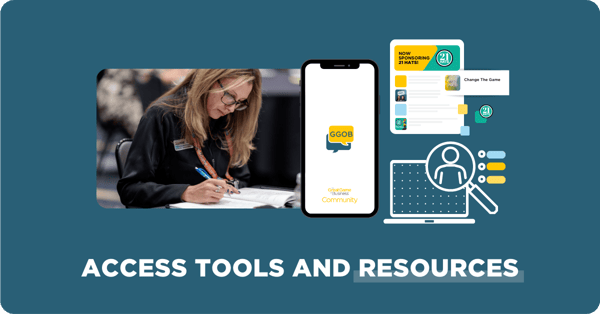People Support What They Help Create
High-Involvement Planning, or HIP, has been the linchpin to SRC’s sustainability of The Game and its long-term financial success. HIP has kept us focused and committed to The Great Game of Business, primarily because it keeps things fresh and exciting by changing up The Game. It redefines The Game for us each year, with new Critical Numbers, new financial targets, new challenges to conquer, and new goals to achieve.
HIP is also where we leverage the business know-how we have worked so hard to create. We use this collective knowledge of our team to raise our level of thinking from ninety-day MiniGames to annual bonus plans to five- and ten-year visions for the company. The result of High-Involvement Planning is a vision and a specific plan to achieve the vision. It’s also a plan that we all buy in to, believe in, and feel empowered and ready to achieve. That’s a powerful position to be in. Everyone can see the big picture, which takes engagement to a whole new level and motivates the team even further.
.png)










